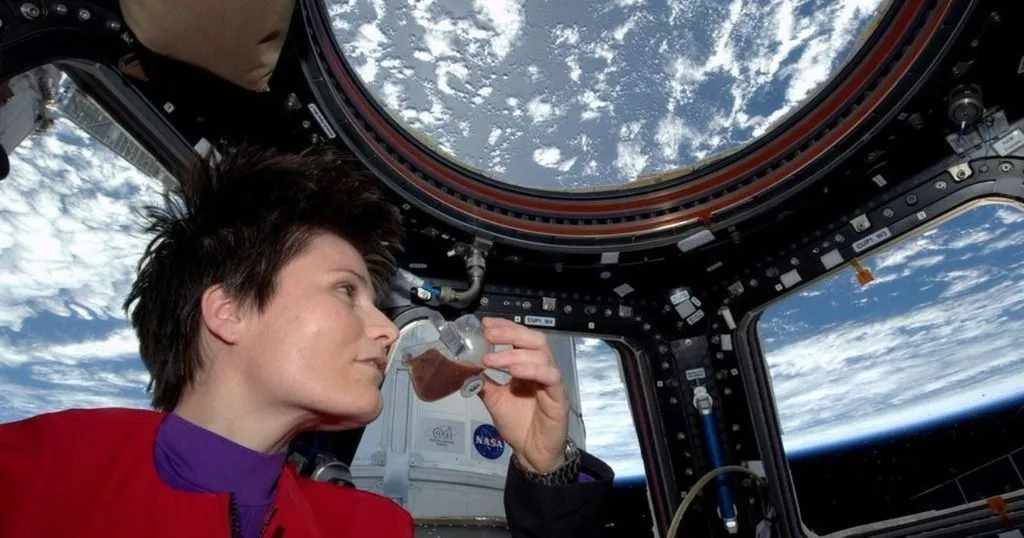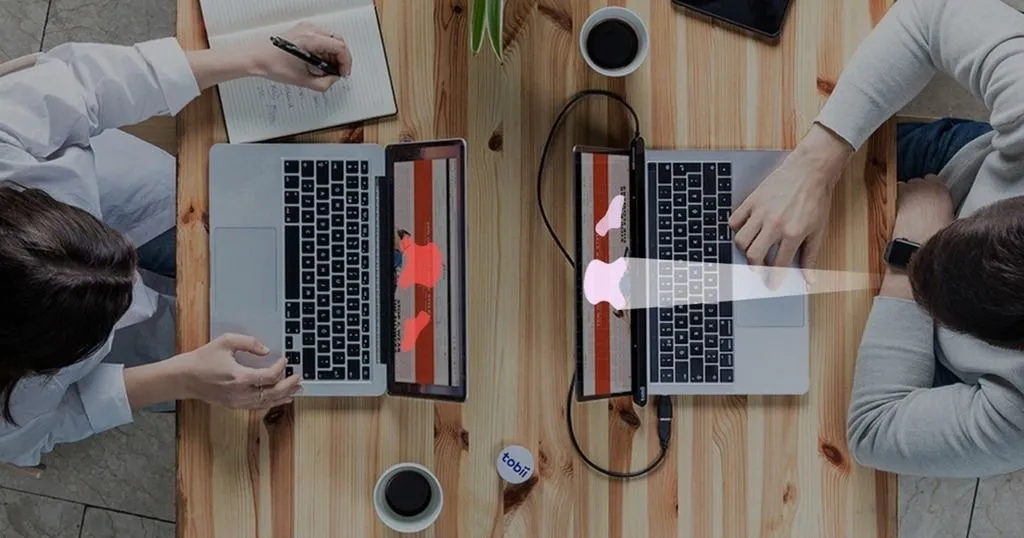Measuring the user experience of tube feeding
Tube feeding has had a fascinating history, but there is still scope for innovation. Noldus will develop a system to measure its users' experience in the FoodFriend project.
Posted by
Published on
Fri 04 Oct. 2019
Topics
| Eating Behavior | Food | Human Factors | Usability Testing | UX Research |

When an amoeba eats, it is very straightforward. The single-celled animal simply wraps itself round an alga or other small food particle and engulfs it. Once inside the amoeba, a vacuole forms round the particle, enzymes are secreted in to digest it and that's it, feeding completed.
In stark contrast, the human digestive system is highly sophisticated with all sorts of organs joined together in our alimentary canal so that we can eat a huge variety of all sorts of different foods.
Although that has the considerable advantage that we don't have to survive by eating microscopic food particles, not to mention the great pleasure that eating can give, like all complex systems, it does mean that it gives a problem if it doesn't work properly. That can be for all sorts of reasons; a patient might not be able to swallow due to a stroke, there might be a problem with the mouth, or the patient can eat, but just not enough.
Tube feeding
Fortunately, there is a solution - tube feeding. That means that special food is delivered to the stomach or small intestine (jejunum) from a tube which can be inserted via the nose (sometimes with the help of endoscopy or x-rays) or directly via a stoma through the stomach or intestine wall.
The technique of tube feeding is surprisingly old. The ancient Egyptians documented its use on papyrus scrolls from 3500 years ago. Until the 12th century, tube feeding was only possible rectally, but then in 1598 Capivacceus (a professor of science ('philosophy') and medicine in Padua) used a hollow tube with a bladder filled with a nutrient solution inserted into the esophagus. Subsequently, the technique was improved with the development of more flexible tubes, first with leather and later with rubber.

There have also been important developments over time in the composition of the liquid food delivered. Early solutions were often milk or cream based, though all sorts of other foods like mashed potatoes were also tried. Presumably the latter was for direct delivery to the stomach, not through a nasal tube.
In the early 20th century, significant progress was made in understanding human dietary requirements, especially with respect to protein (amino acid) composition. However, the liquid foods were difficult to keep free of contamination and were labor-intensive to make.
Food for astronauts
A breakthrough was made with the development of special foods for the space program. A lot of research was carried out into creating condensed diets which had just the right composition, with no side effects and minimal fecal output. They had exactly the right mix of essential amino acids, glucose, vitamins and minerals and also had a high nutrient density, were highly soluble, easily transported, completely digestible and had good storage properties.
You would think that they were perfect, but the nutritional scientists who developed them had forgotten one crucial aspect. They tasted dreadful, with a strong bitter flavor. A classic example of forgetting to include the user in the design process.
However, in this case, there was also an unexpected benefit. Patients receiving tube feeding don't taste it, because their mouth is bypassed. The specifications of the high-tech food developed for astronauts turned out also to be just what manufactures of tube-feeding needed to have. The food was tried out in a hospital near to where the astronauts' food was developed and it was a success. This was then followed by developments of better tubes and then later of intravenous (parenteral nutrition, PN) systems.
In recent years, both intravenous and tube feeding has continued to develop further. Special foods have been developed specifically for various illnesses, such as diabetes, burns or transplants. The healing process can be helped by providing exactly the right balance of nutrients. The importance of dietary fiber (roughage) has been recognized and also the discovery that fibers can be supplied in a completely soluble form.
Future innovations in tube feeding
With so many developments, you might be forgiven for thinking that tube feeding systems are now perfect. However, there are still aspects that can be improved. To that end, a consortium of partners have started a project called FoodFriend to research a number of specific aspects of the system from Danone (Nutricia). The different partners will investigate different questions. For instance, Noldus is going to develop a system to measure the user experience of tube feeding.

One of the innovations of tube feeding in recent years, is that it is also possible to use it outside the hospital, in the home environment. That of course has a lot of advantages, fitting with the trend that patients are not kept in hospital any longer than is strictly necessary. However, there are also potential difficulties, including that there are no nurses or technical staff to supervise the use of feeding tube. Just as with the food developed for the astronauts, the user experience is critical for its acceptance. It is, of course, inherently less pleasant that eating normally, so anything that can be done to improve it will help.
If the experience of the patients using the system can be properly understood then the system can be optimized for that. That can occur in two ways, either to change the system itself or (if that isn't possible) then to inform the patients better about what to expect, so that they can be well-prepared.
Noldus has a lot of experience and expertise in developing systems to measure the user experience, but this use-case has some specific challenges related to the home environment. The conditions are not controlled in terms of lighting and so on, and data security and privacy are even more important than in a laboratory environment. That makes it a great use-case for improving Noldus' measurement systems so that they can work in those conditions.
Reference
An excellent review of the history of tube feeding can be found here:
Chernoff R. (2006). An Overview of Tube Feeding: From Ancient Times to the Future. Nutrition in Clinical Practice 21:408–410.
Related Posts

Understanding the digital world at the Social Media Lab

The ultimate list of usability lab software tools
